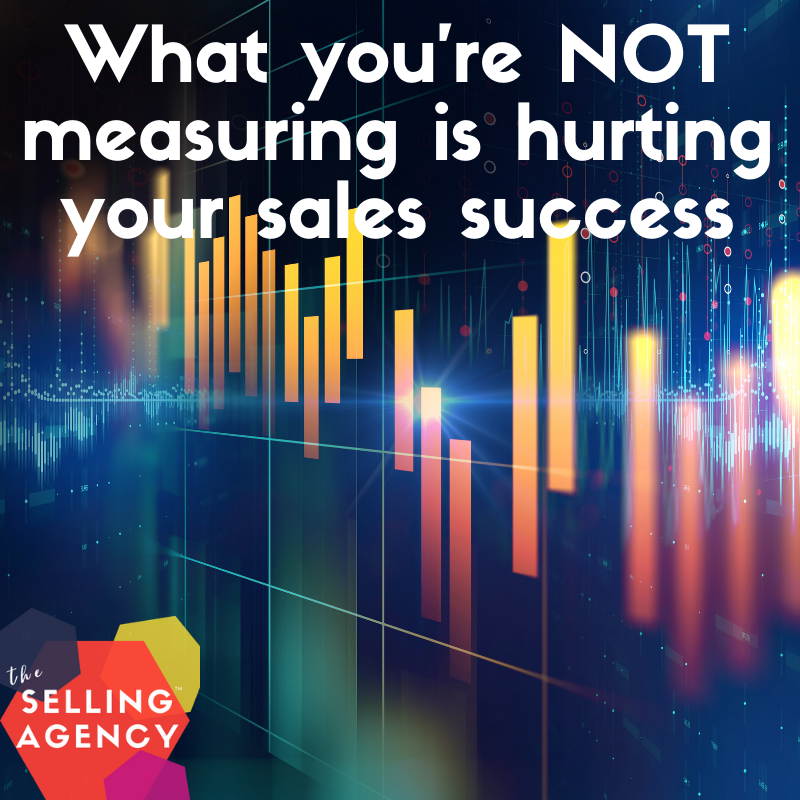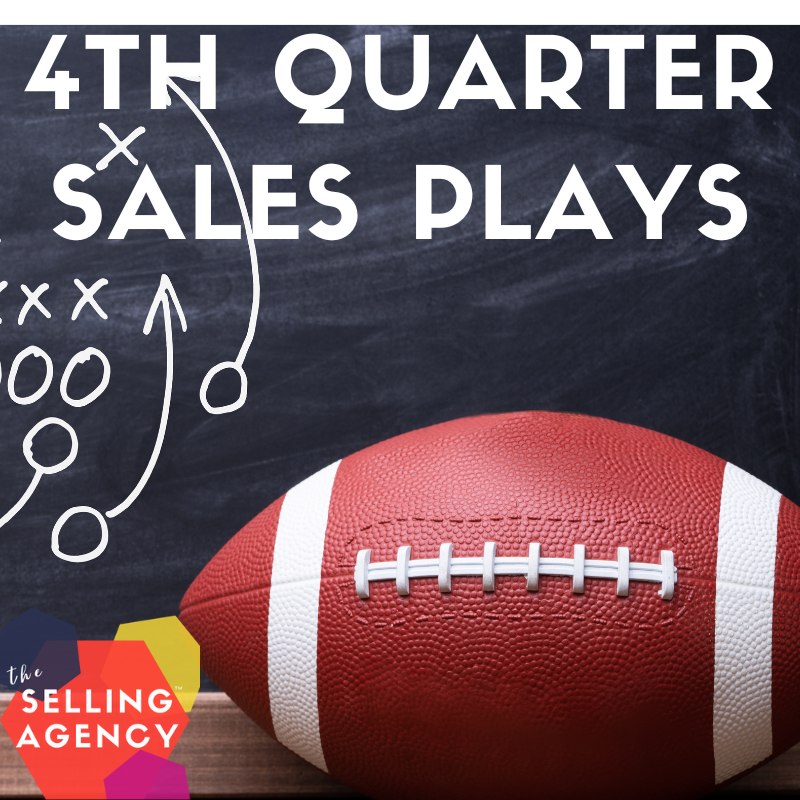Are you lagging or leading?
Let me share with you a bit of my diagnostic process.
When I talk with sales leaders or business owners about their sales teams, I ask, “tell me about their performance?”
Their response is usually something along the lines of, “Well, we missed our target last quarter,” or “We’ve had slow growth this year.” This is usually why we’re having the conversation.
When I ask, “Why do you think they’ve missed their target?” the response gives me a big clue as to where the problem lies.
“We don’t have enough leads.”
“They aren’t asking for the sale.”
“They’re not making enough calls.”
Then I follow up with, “How do you know … leads, asks, or calls … are the problem?”
After a silence, they say, “well, they’ve missed their target.”
So, we’ve just gone around in a big circle.
What you’re measuring or NOT measuring is hindering your sales success.
Quota, sales, results … those are LAGGING indicators. Historical data.
Sales organizations that focus on one key result metric have little chance to improve performance.
Imagine you’re running an 800-meter race: two trips around a track.
You huff and puff it in and come in 4th in the race.
After the race, your coach says, “Well, you didn’t win. You should have run faster.”
Helpful or no? Does knowing you lost help you run faster in the next race?
Lagging indicators of performance are usually so far away from the actual tasks performed that they aren’t specific or meaningful to the next time you perform those tasks.
Now, imagine your coach gave you insights as you passed her during your first lap. She shouted, “You’re one second off your pace, you can pick it up! Stick to the inside of the lane! Even out your breath! Number one is gassing out. Remember to kick it the last half lap!”
She’s given you feedback, tools, and instruction to be able to make adjustments DURING the race.
She’s giving you LEADING Indicators. Leading Indicators are input-oriented. They may be harder to measure but they are easier to influence outcomes.
On the other hand, LAGGING Indicators are historical performance data. Easy to measure (you made quota or didn’t) but hard to influence.
Most small business sales organizations are judging performance based on Lagging Indicators.
This is probably why you’re struggling with improving results.
When I get those answers about lack of leads, not asking for the sale, or not making enough calls, it’s a good sign that the activity of the sales team isn’t being measured and acted upon in a consistent or meaningful way.
It’s rarely a single point of failure limiting success. It’s usually a cascade of consequences resulting from one or two things done poorly in the sales process. And, it’s not uniform amongst performers. Each seller may have a different set of issues that needs to be addressed in skills training or coaching.
How do you move to Leading Indicators?
Salespeople may groan, but tracking activity and output are essential to understanding how you improve.
Quantitative data leads to insights about activity but can also illuminate issues with messaging, soft skills, client leadership, meeting effectiveness, negotiation abilities … the Qualitative Skills that you can train and coach for improvement.
Enterprise sales organizations usually have a high amount of structure and process around tracking activity with rigorous CRMs (Client Relationship Management platforms).
CRM systems are complex and provide forecasting insights to sales leadership and executives. The knowledge you get from the data input to the CRM is crucial to making adjustments before you get to the end of a quarter.
Looked at weekly, or monthly, if the new lead inputs are low, call activity slow, or the number of deals lost is high, sales leaders can make continual adjustments and deliver training or coaching to improve results.
If you’re not using a CRM or tracking multiple indicators or activity or results, I’m going to warn you that you will hear some grumbles about it before it’s appreciated. Sellers will complain that tracking their activity sounds or feels like micro-managing.
It’s not. It’s leveling up their chances of success.
Leaders, get your sales organization focused on LEADING Indicators.
And Sellers, you’re paid to perform. Accept that you need insights into your performance that can help you improve and increase results.
Until next time, stop hoping and start SELLING!
-sks










